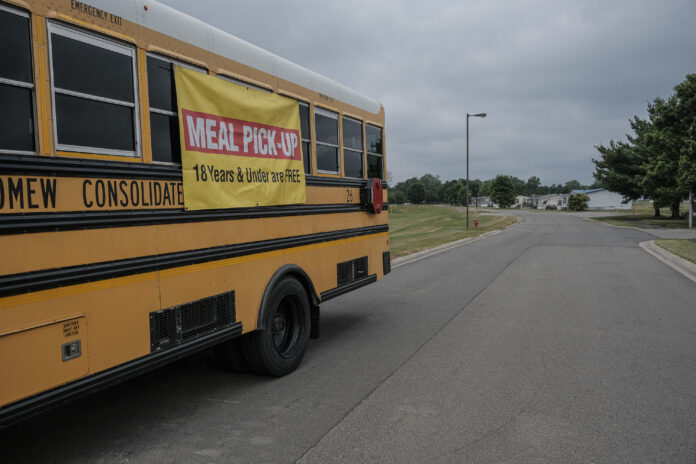
COLUMBUS, Ind. — As the new school year approaches, families will have to readjust to a new — yet familiar — reality, not every student will receive free breakfast and lunch anymore.
The federal pandemic aid that allowed for universal free meals ended on June 30, said Bartholomew Consolidated School Corp. Director of Food Services Nancy Millspaugh.
“Parents will want to apply for free or reduced meal eligibility using our free or reduced meal applications to see if they qualify,” she said. These applications can be found on BCSC’s website and will also be available at open houses, schools and the transportation and maintenance building.
Millspaugh said that families should file their applications as soon as possible so that the department can process them as quickly as possible. This can be done before the school year starts.
According to the Indiana Department of Education, 4,686 BCSC students — about 40% out of a district population of almost 11,700 — were marked as “free/reduced price meals” for 2021-22. For Flat Rock-Hawcreek, the number was 431 out of 967, or about 45%.
These numbers represent “all students who have applied and been approved to receive free/reduced price benefits, along with students who are automatically eligible because of their participation in SNAP (Supplemental Nutrition Assistance Program) or TANF (Temporary Assistance for Needy Families), or their status as a foster or homeless student,” said Holly Lawson, deputy director of communications.
Universal free meals led to a sizable increase in participation, said Millspaugh.
BCSC’s food services department served about 780,000 lunches during the 2019-20 school year. The provision to offer universal free meals began at the end of September 2020. In 2020-21 — a year somewhat disrupted by eLearning and hybrid education — about 800,000 lunches were served. For 2021-22, the figure was just more than 1.05 million.
U.S. Department of Agriculture Food and Nutrition Service Administrator Cindy Long reported that, during the last school year, about 30 million children a day received free meals. Before the pandemic, the number was 20 million.
“I think participating in the universal free meals, it takes away the stigma of having an income-based program, so it allows everyone to get the nutrition that they need for learning,” said Millspaugh. “It also provides some reliability for kids and families during still a challenging time.”
“More kids ate,” said cafeteria worker and BCSC parent Haley Collins. “We were serving 600 kids a day (for lunch). I expect it to drop tremendously.”
For the complete story, see Wednesday’s Republic.




